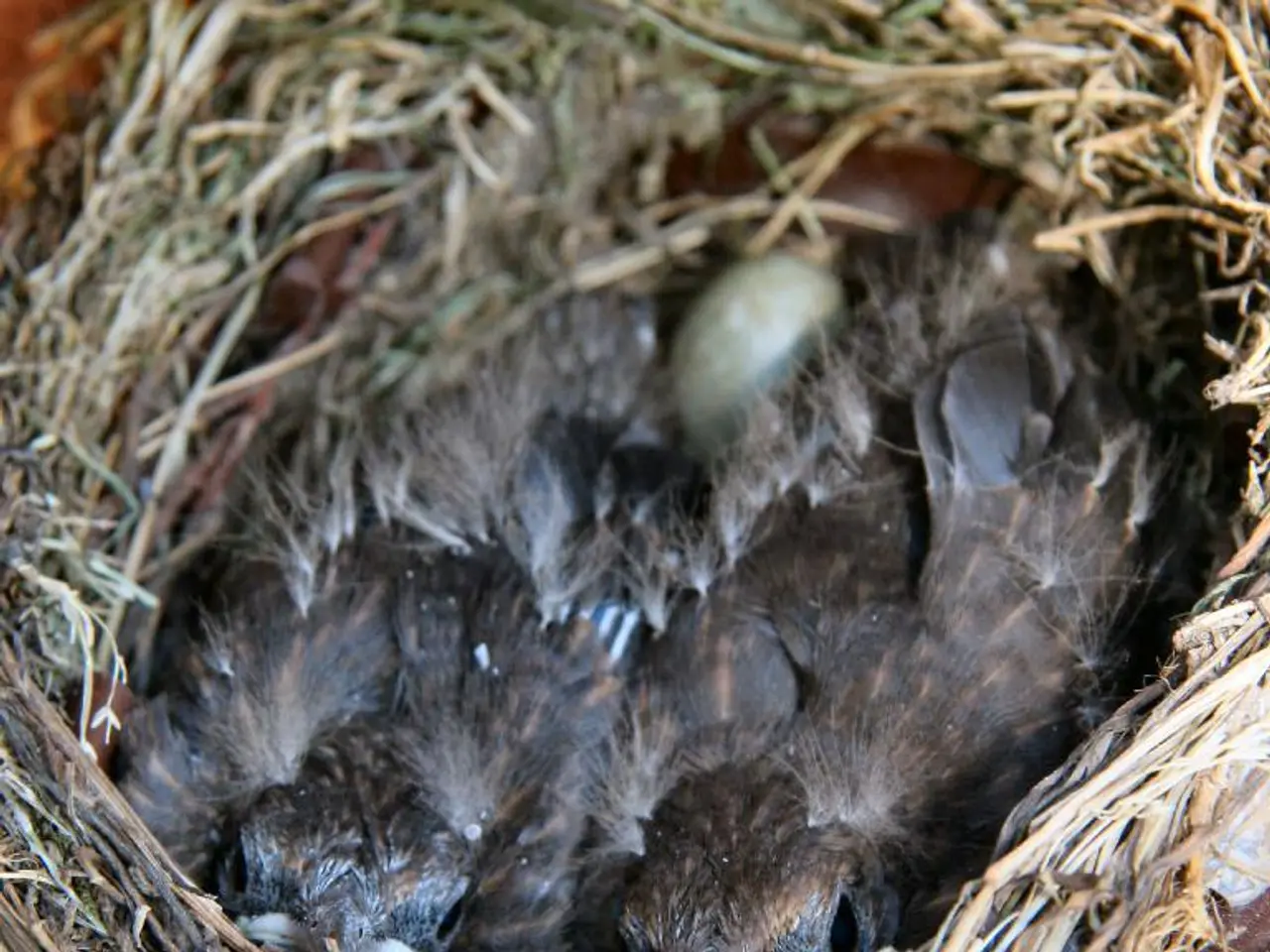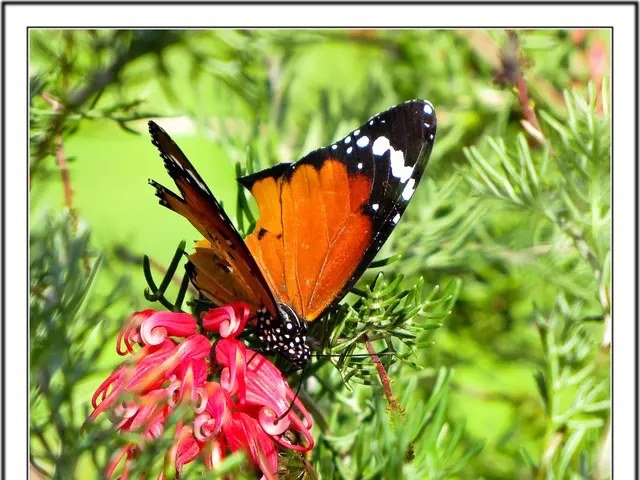Refuge found at world's edge
In the vast expanse of our natural world, various species have developed remarkable methods for constructing homes to protect and nurture their young. These homes, built with precision and care, serve as a testament to the deep-rooted instinct of all beings to seek shelter and safety.
One such example can be found in the depths of the ocean, where the white-spotted pufferfish construct intricate sand mazes on the ocean floor. These sand mazes, designed with specific geometric patterns, are not just aesthetically pleasing but serve a practical purpose. They direct water flow, delivering oxygen efficiently and reducing stress on eggs. The mazes also serve as a home and shelter for the fish and their offspring.
On the Great Plains of North America, prairie dogs have built a remarkable network of underground cities spanning over 25,000 square miles. These burrow systems are a marvel of engineering, built to withstand various weather conditions, from floods to fires. The largest recorded prairie dog colony was in Texas, inhabited by an astonishing 400 million prairie dogs. Within these burrows, prairie dogs have created intricate subdivisions, each serving as a home for extended family groups.
In southern Africa, sociable weavers construct massive communal nests using sticks and grass. These nests can weigh up to 2,000 pounds and house hundreds of chambers, providing a safe haven for numerous individuals. Within the nests, birds weave a life sheltered from predators, finding safety in numbers.
Even army ants in tropical forests have developed a unique method of building homes. They construct living structures out of their own bodies, creating complex conical dwellings containing chambers and tunnels. These bivouacs contain interlocking individuals, complete with air vents that open and close, and provide a resting place for the queen and the colony's young.
The very root of the word "eco" is the Greek oikos, meaning "house" or "home." This connection underscores the importance of these homes for various species. All beings, including humans, deserve a safe haven, a space that is inviolate. A home can be anywhere that nature grows, such as where rivers flow and trees teem toward starry skies.
In conclusion, the longing to protect our shared home is a restless longing to protect what we know in our marrow we belong to. Home is a place where organisms go to extraordinary lengths to build shelter for life, a living, breathing entity that provides safety, beauty, and a sense of belonging.







